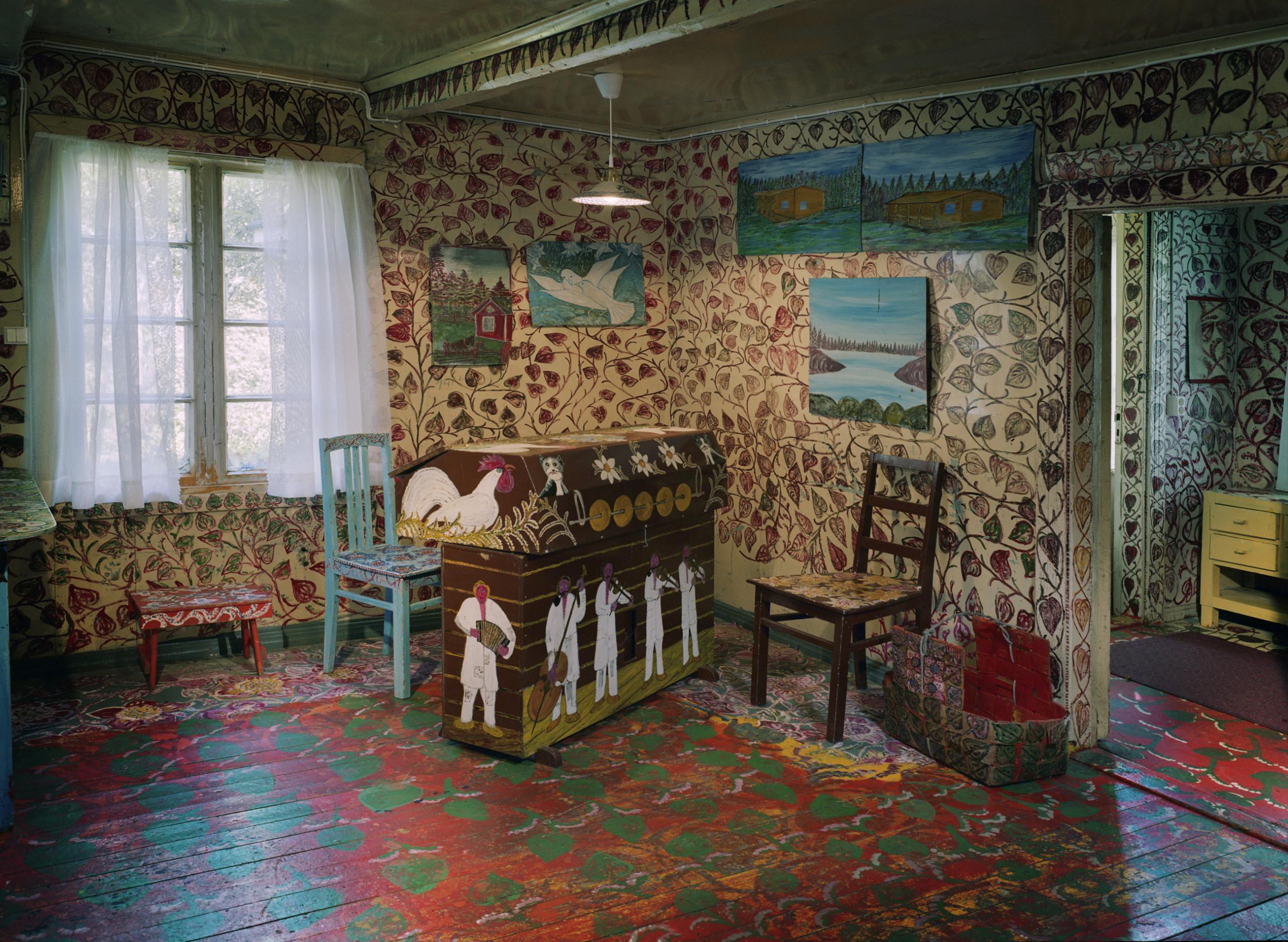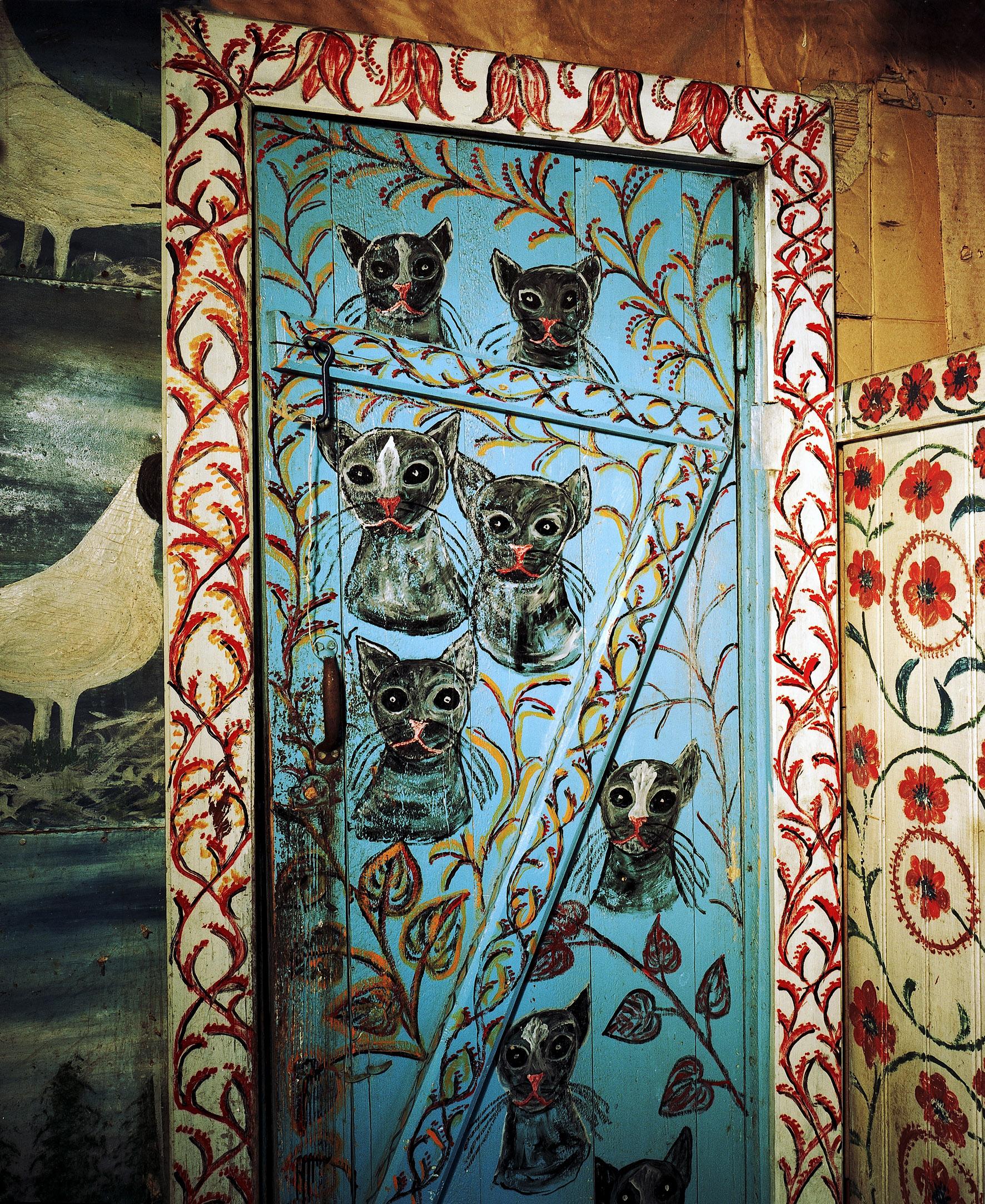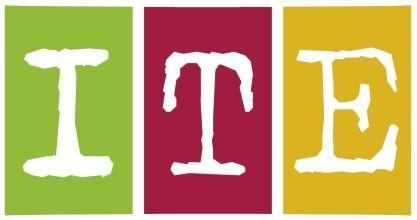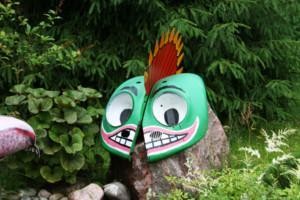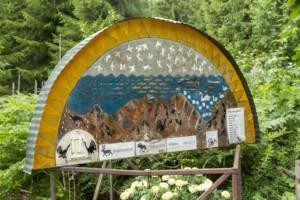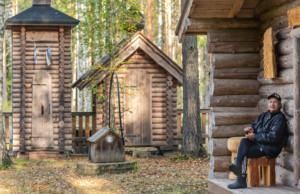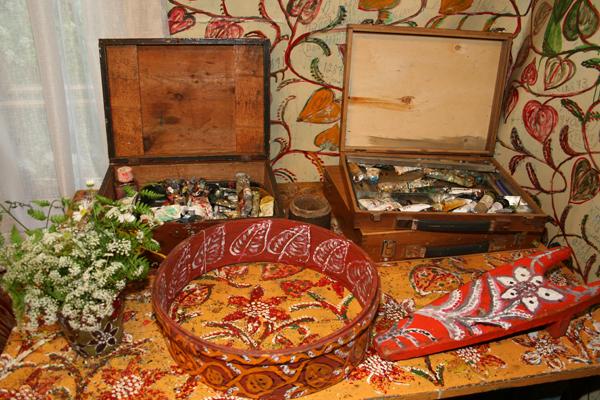

Enni Id
Padasjoki (1904–1992)
A friend of ours knew about the interest I shared with my husband in naïve art and urged us to visit Enni Id’s house in the village of Seitniemi in Padasjoki, some 150 kilometres north of Helsinki. That was in the early 1970s. Enni Id had just retired on a basic national pension and her strength of creation had reached its zenith. We met her several times and would hear some amazing stories.
Enni Id was born in 1904 to a tenant farmer family and had numerous step-sisters and step-brothers. She was familiar with all farm chores as well as with the class division in the village and respect shown to various trades, and she was no stranger to the local mythology. When she was young, she ran away to learn animal husbandry, then went on to work in her aunt’s dressmaker’s shop in Helsinki. There she married for the first time; when her husband died, as a young widow she decided to return to her childhood home. In 1939 she remarried. She had no children from either of the marriages. The Id’s second husband did not appreciate, or indeed even tolerate, her art making, and he would use her paintings as insulation material for the house, the painted side against the wall or the ceiling. “It was a good job when he died in 1966”, Id once said.
From then on the widow had the freedom to paint day and, particularly, night on hardboard ordered from the local co-op. She did not paint only on hardboard: her brush worked over the entire house, doors, floors, furniture, jars and baskets included. Flowers and grapevine-like ornaments ran dazzlingly all over the two-roomed red cabin. She would sit in the decorated rocking chair and, holding the board on her lap, paint pictures of various harvest chores as well as illustrations of the legends of the peasant uprising that took place some 400 years earlier. “Everybody in Nyystölä was beheaded.” Enni made pictures of Kustaa Haukka, who was a man with magical powers, and of her black, white-breasted tailless cats among flowers. Angels and devils were a recurring theme. According to the Bible, the latter were pink hermaphrodite, skinned creatures with horns.
Enni became a local legend, although even many of those closest to her thought she was odd. She changed her image with the cunning of a proper countrywoman; she swore, clammed up, acted up or just monkeyed around, depending on who she was with. She thus explained her work methods: “I’m that crazy that I just close my eyes, and I watch and I see. I choose something I’ve seen, and then even the colours appear.”
She only became known to wider audiences at the age of 70 when her work was chosen to be displayed in an exhibition of naïve art at the Kunsthalle Helsinki in 1973. She was very visible for a few years, and her work was shown at both joint and solo exhibitions in Finland and Denmark. Magazines wrote colourful stories about Id, and she seemed eager to comply: she posed for photos with her cats, cockerels and the painted cottage.
Enni Id’s paintings were exhibited well into the 1980s. She spent her last years until her death in1992 in a old-age home and remained active and cheerful, and she continued painting even in those circumstances. She bequeathed her ornate house to the local council; the house is now open to the public during the summer months.
Text: Aira Heinänen. Translation: Kirsti Nurmela-Knox. Photos: Veli Granö, Juho Haavisto, Minna Haverii.
